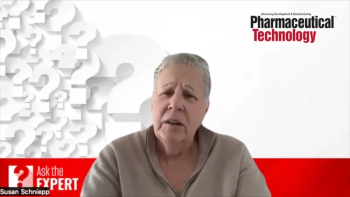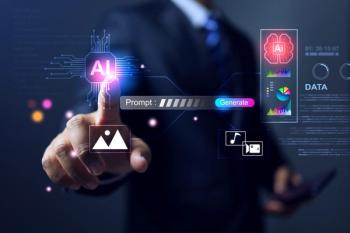
The 6-Stage Compounding Framework Every Pharmaceutical Manufacturing Professional Should Know
A structured, risk-based framework for pharmaceutical compounding that enhances quality, regulatory compliance, and process consistency.
Pharmaceutical compounding, particularly in 503A and 503B environments, involves complex formulation and regulatory challenges far beyond academic theory. This summary of
Stage 1: design the compounding blueprint
- Establish a complete plan including ingredients, packaging, calculations, labeling, and patient-specific factors.
- Integrate regulatory standards (US Pharmacopeia, FDA bulk lists, GMP) and proactively identify risks using QRM tools.
Stage 2: pre-compounding & execution
- Ensure aseptic setup, verified materials, and technician preparedness—especially critical for sterile and high-risk compounds.
- Require dedicated or disposable equipment for hazardous or cross-contaminating drugs (e.g., antineoplastics, allergens).
Stage 3: dosage form completion & quality evaluation
- Conduct rigorous physical and analytical testing; 503B batches must meet GMP-level standards.
- Finalize documentation with full traceability and ensure preparations are quarantined until verified.
Stage 4: packaging & patient-ready delivery
- Assemble patient/client information equivalent to commercial products. Ensure all packaging, labeling, and delivery logistics meet regulatory and clinical standards.
- Implement safeguards for temperature control and light protection during distribution.
Stage 5: independent verification before release
- Engage an independent observer to verify formulation integrity, test results, documentation, and labeling accuracy.
- Use checklists to prevent critical errors and maintain consistent approval protocols.
Stage 6: dispensing, distribution & final safety checks
- Dispense only after final pharmacist approval, ensuring two-point patient ID verification.
- Monitor for common hazards like name mix-ups, transcription errors, and shipping delays.
Management takeaways: quality starts at the top
- Leadership must prioritize hiring, SOP adherence, continuous training, and fostering a quality-driven culture.
- Management bears ultimate responsibility for SOP execution, staff performance, and patient safety outcomes.
Conclusion
The six-stage compounding model offers a structured, risk-aware approach to compounded drug development. For pharmaceutical manufacturing professionals, it ensures regulatory alignment, enhances process reproducibility, and reinforces a culture of quality and accountability across the compounding lifecycle.
*Check out the full article
Newsletter
Get the essential updates shaping the future of pharma manufacturing and compliance—subscribe today to Pharmaceutical Technology and never miss a breakthrough.




